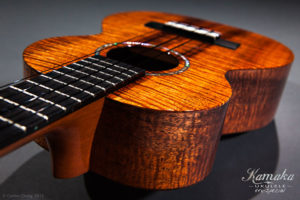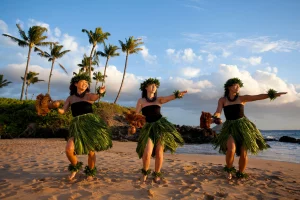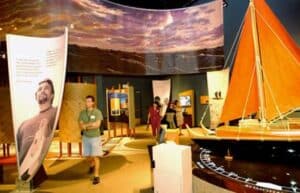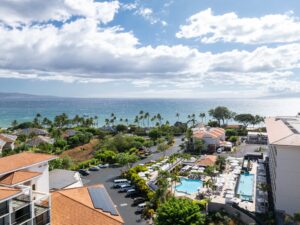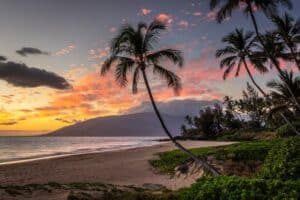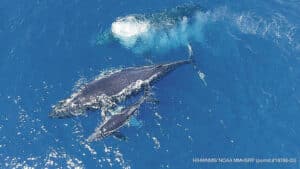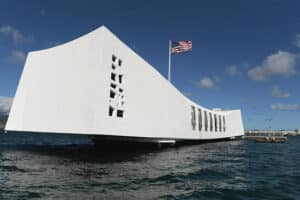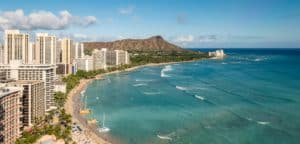Just 17 miles off Kauaʻi’s west coast lies Niʻihau Island, better known as The Forbidden Island. Remote, private, and deeply rooted in tradition, Niʻihau is unlike any other Hawaiian island.
With no paved roads, no power grid, and limited contact with the outside world, Niʻihau offers a glimpse of an older Hawaiʻi. ʻŌlelo Hawaiʻi (the Hawaiian language) is still spoken daily, and subsistence living remains the way of life. Few outsiders have ever set foot here, but the island’s story continues to captivate travelers worldwide.
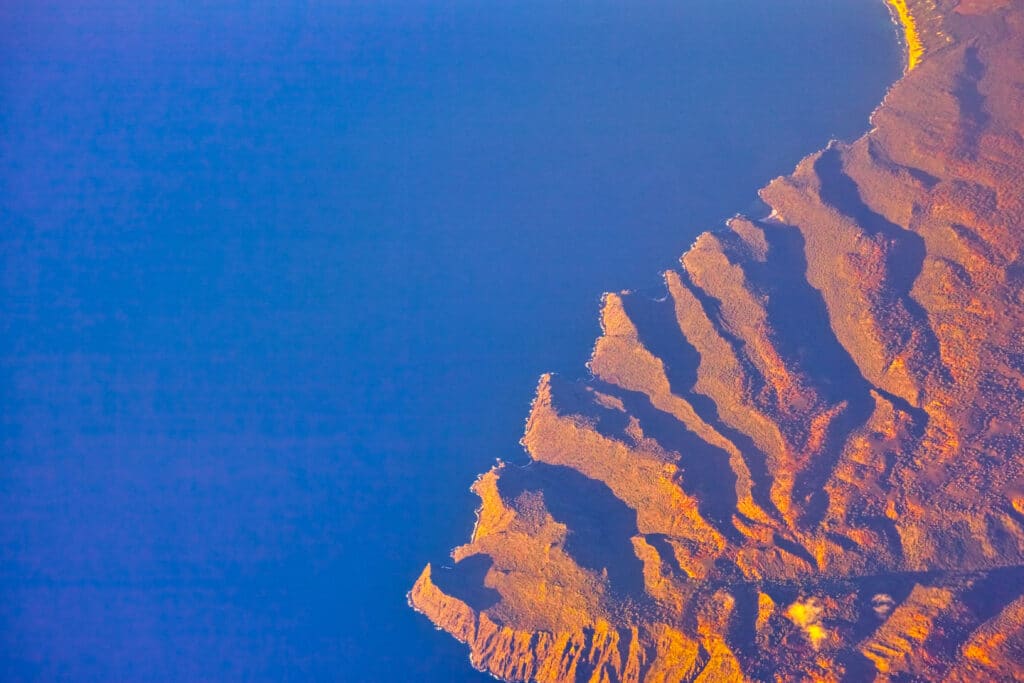
Niihau Island (Shutterstock)
Quick Facts About Niʻihau Island
-
Location: 17 miles southwest of Kauaʻi
-
Size: 70 square miles (smallest inhabited Hawaiian island)
-
Population: About 70 full-time residents
-
Primary language: Hawaiian
-
Nickname: “The Forbidden Island”
The History of Niihau Island
-
Polynesians settled Niʻihau over 1,000 years ago.
-
In 1864, Elizabeth Sinclair purchased Niʻihau from King Kamehameha V for $10,000 in gold, promising to preserve its culture.
-
Today, the island is still privately owned by the Robinson family, Sinclair’s descendants.
Life on Niʻihau remains mostly unchanged. Residents live in the village of Puʻuwai, speak Hawaiian as their first language, and continue traditions passed down for generations.

Niihau (Shutterstock)
Why is Niʻihau Called the Forbidden Island?
The nickname dates back to the 19th century when outsiders were restricted from visiting to protect residents from disease and Western influence.
Even now, access is extremely limited. There are no hotels, restaurants, or shops. The Robinson family controls all entry, which has helped preserve both Hawaiian culture and the island’s fragile ecosystem.
Daily Life on Niʻihau
Life here is simple and community-focused:
-
No paved roads, hospitals, or police stations
-
Solar power provides limited electricity
-
Locals collect rainwater for drinking
-
Most transportation is by horseback or bicycle
-
Residents farm, hunt, and fish for food
-
Everyone attends church on Sundays
Despite its isolation, residents are free to come and go. Many travel to Kauaʻi for groceries, medical visits, or work on the Robinsons’ ranch.
Conservation and Wildlife
Niʻihau is also a sanctuary for endangered species:
-
Hawaiian monk seals rest on its secluded beaches.
-
Rare plants like the Pritchardia aylmer-Robinson palm grow here.
-
Sustainable ranching and conservation practices help protect its ecosystem.
Can You Visit Niʻihau?
Access is tightly controlled, but a few options exist:
1. Niʻihau Helicopter Tours
-
Depart from Kauaʻi
-
Fly over the rugged coastline and pristine beaches
-
Some tours include brief landings for snorkeling or swimming
2. Hunting Safaris
-
Guided hunting trips for boar, sheep, and eland
-
Expensive but provide rare access inland
3. Snorkeling & Dive Excursions
-
Waters around Niʻihau are considered among Hawaiʻi’s best
-
Spot monk seals, manta rays, and untouched coral reefs
-
Tours usually combine with nearby Lehua Island

Niihau (Shutterstock)
Niʻihau Shell Leis: Treasures of the Island
Niʻihau is world-famous for its intricate Niʻihau shell leis. Made from tiny shells found only on the island, these leis are considered cultural heirlooms and can sell for thousands of dollars.
To be certified authentic, a lei must be made with at least 80% Niʻihau shells. Proceeds from sales often support the island’s community.
Niʻihau in Popular Culture
-
Featured in the classic film From Here to Eternity (1953) and Pirates of the Caribbean: On Stranger Tides (2011).
-
Known for the Niʻihau Incident during WWII, when a Japanese pilot crash-landed here after the attack on Pearl Harbor.
-
Symbolizes “Old Hawaiʻi” and inspires books, songs, and legends.
FAQ: Niʻihau Island
Why is Niʻihau called the Forbidden Island?
Because entry is restricted. The Robinson family allows only limited tours, preserving its culture and ecosystem.
Can tourists visit Niʻihau?
Yes, but only through authorized helicopter tours, hunting safaris, or dive excursions from Kauaʻi.
How many people live on Niʻihau?
Around 70 Native Hawaiians live there full-time.
What language do locals speak on Niʻihau?
Hawaiian. It’s the only place in the world where they speak it daily.
What makes Niʻihau unique?
Its preservation of Hawaiian culture, strict privacy, endangered wildlife, and world-famous shell leis.
